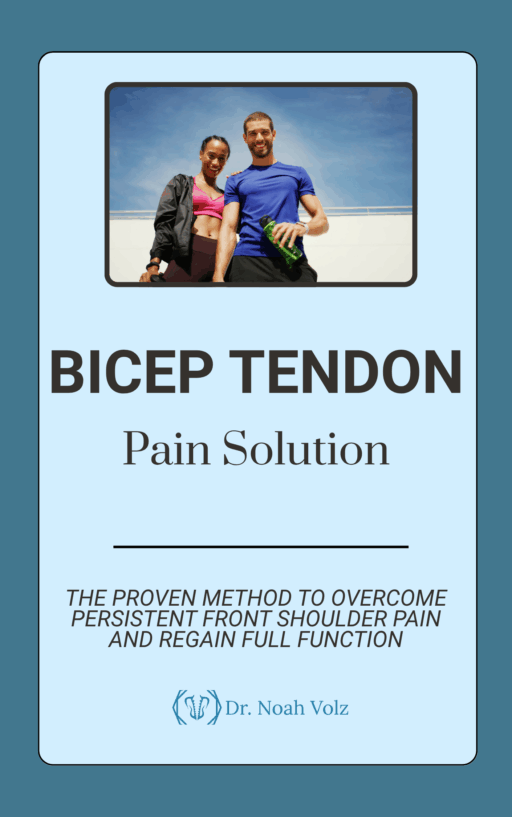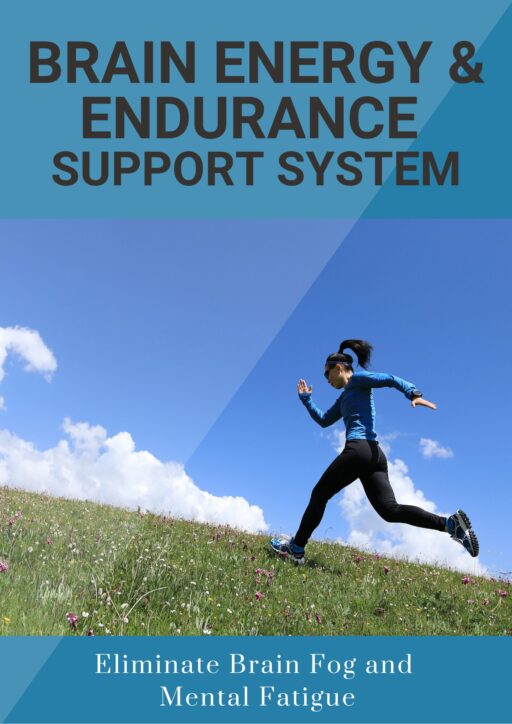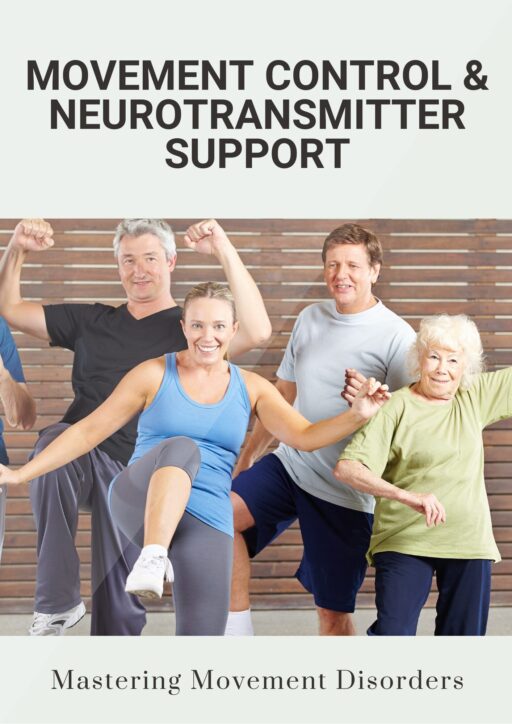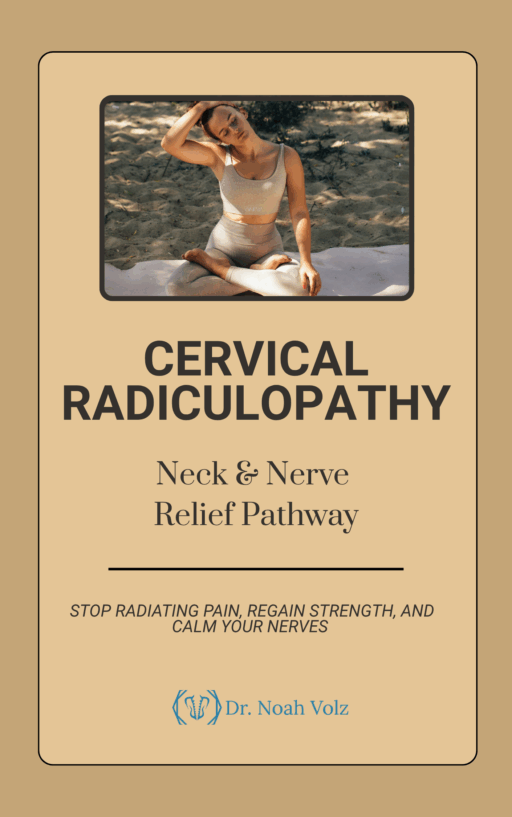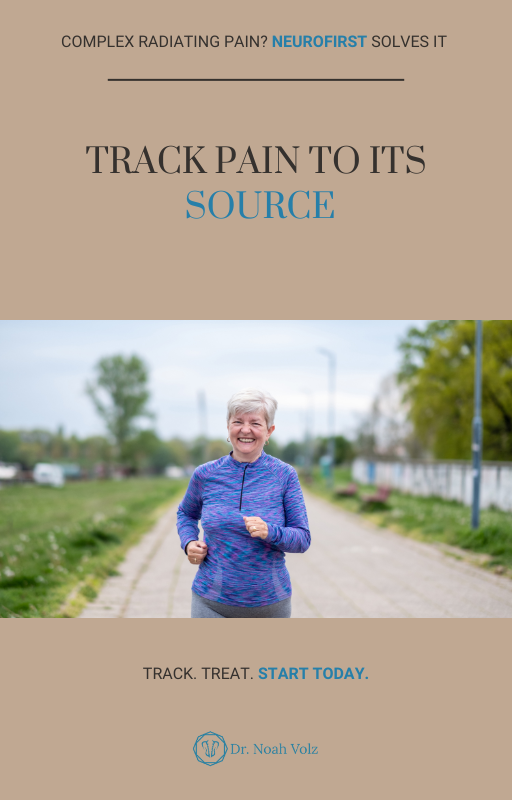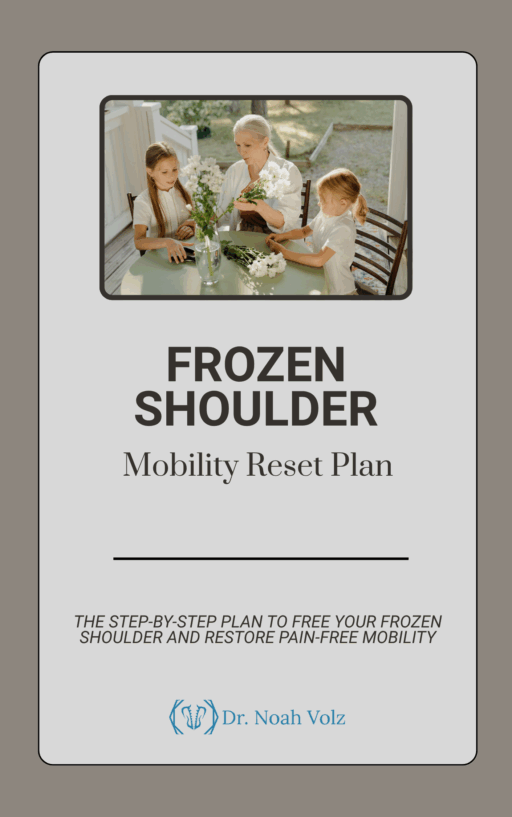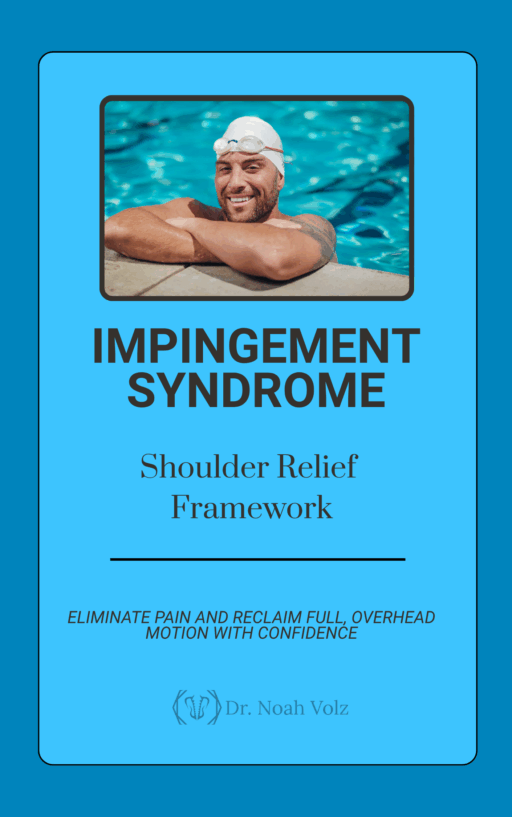Sarah was the kind of person who didn’t complain about pain. A former yoga instructor turned weekend hiker, she chalked up her hip soreness to “just getting older.”
But one morning, after sleeping on her side like usual, she woke up and could barely put weight on her left leg. She limped her way through the day, hoping it would pass.
It didn’t.
The pain was sharp, nagging, and especially bad at night. After a round of physical therapy and a cortisone injection from her orthopedist, she had a brief window of relief. Then the pain returned—just as strong, if not worse.
“I’m not against medicine,” she told me. “But I don’t want to keep injecting something into my body if it’s not solving the problem.”
That’s when I told her about radial shockwave therapy—a safe, non-invasive treatment that stimulates the body’s natural healing response. She had never heard of it. But after eight sessions, she became a believer.
This is the story of how shockwave therapy is redefining how we treat stubborn conditions like hip bursitis, and how it stacks up against the conventional go-to: steroid injections.
What Is Hip Bursitis—and Why Doesn’t It Go Away?
First, let’s clarify the diagnosis. Many people are told they have trochanteric bursitis, but the more accurate term is Greater Trochanteric Pain Syndrome (GTPS). It’s a mouthful, but it’s important.
Why? Because what we call “bursitis” is rarely just inflammation of the bursa.
GTPS often involves multiple overlapping issues:
-
Degeneration or tearing of the gluteal tendons (gluteus medius and minimus)
-
Tightness or friction from the iliotibial (IT) band
-
Local inflammation around the greater trochanter
-
Weakness or poor motor control in the surrounding hip and pelvic muscles
That’s why rest, ice, and even a cortisone shot into the bursa often don’t lead to long-term recovery. They treat the symptoms—but not the underlying dysfunction.
To truly resolve GTPS, we have to target tendon health, circulation, scar tissue, and neuromuscular balance. That’s exactly what radial shockwave therapy does.
What Is Radial Shockwave Therapy?
Radial shockwave therapy uses bursts of high-energy sound waves—generated by a handheld device powered by compressed air—to stimulate tissue repair at the cellular level.
In plain English: it wakes up your body’s natural healing response in the very place it’s stalled.
Each treatment lasts less than 10 minutes. The shockwaves penetrate up to 2.4 inches deep, targeting inflamed tendons, muscles, ligaments, and even bone interfaces like the greater trochanter.
There’s no anesthesia. No injections. No downtime.
What patients feel is a pulsing sensation, similar to a deep tissue massage. Most describe it as intense, but tolerable—even therapeutic.
More importantly, it doesn’t just relieve pain. It helps the body heal.
How Does Shockwave Compare to Steroid Injections?
Steroid injections have been the go-to for hip bursitis for decades. And they do offer short-term relief for many people. But studies have shown that their long-term effectiveness is questionable—and their risks are real.
In a 2023 randomized controlled trial published in Hip International, researchers compared radial shockwave therapy to ultrasound-guided steroid injections for patients with GTPS.
The results at 3 months showed improvement in both groups. But the real difference came at the 12-month follow-up:
-
Patients in the shockwave group had significantly greater reductions in pain and disability
-
They also showed improvement in hip function, strength, and stability—measured by the Trendelenburg test
-
The injection group’s improvements had largely diminished
In other words, shockwave therapy delivered lasting results, while the injections wore off.
Even more importantly, shockwave came with none of the potential risks associated with steroids, which include:
-
Tendon weakening and rupture
-
Cartilage degradation with repeated use
-
Increased risk of infection
-
Shortened pain relief with each additional dose
What Happened with Sarah?
We created an 8-week care plan focused on restoring function, not just reducing symptoms.
Her treatment included:
-
Weekly radial shockwave therapy targeting the gluteal tendon insertions, greater trochanter, and IT band
-
Chiropractic mobilizations to improve hip capsule motion
-
Corrective movement training to restore motor control and balance
-
Nutritional support and at-home guidance to reduce systemic inflammation
By week four, Sarah was no longer limping.
By week six, she had returned to gentle yoga.
By week eight, she was sleeping through the night—pain free.
Her words still stick with me:
“This is the first thing that didn’t just cover up the pain—it helped me get my strength back.”
Why Radial Shockwave Therapy Works So Well
The power of shockwave therapy is in its ability to restart a healing process that’s stalled.
-
It increases blood flow to poorly vascularized tendons
-
It stimulates collagen production, which tendons need to repair
-
It breaks up fibrosis and scar tissue that limit mobility and irritate surrounding structures
-
It reduces levels of substance P, a chemical linked to chronic pain
-
It encourages the body to lay down healthy tissue where degeneration once occurred
Unlike treatments that offer a temporary bandage, shockwave therapy supports tissue regeneration—which is why results are often long-lasting.
Who Is a Good Candidate?
Radial shockwave therapy is ideal for people who:
-
Have hip pain on the outside of the joint
-
Were diagnosed with hip bursitis or GTPS
-
Did not respond well to steroid injections or PT alone
-
Want to avoid surgery or repeated drugs
-
Are active, health-conscious, and looking for a natural solution
It’s also a great option for those managing:
-
Gluteal tendinopathy
-
Snapping hip syndrome
-
Chronic IT band irritation
-
Early-stage hip arthritis
What Can You Expect?
Most patients undergo a series of 6 to 8 weekly treatments, with results typically noticeable after the second or third session. The treatment itself is quick and does not require recovery time, although some mild soreness afterward is normal.
When combined with corrective exercises and mobility work, the results are even more dramatic—and longer lasting.
A Better Way Forward
If you’ve tried injections, rest, and all the conventional options—and you’re still living with hip pain—there’s another path.
You don’t need to settle for a short-term fix.
You don’t need to sign up for a cycle of shots.
You just need a treatment that actually helps your body heal.
Our Non-Surgical Hip Program in Ashland was designed for people just like you—people who are ready to stop treating symptoms and start solving the root problem.
Schedule your hip evaluation today, and let’s find out if radial shockwave therapy is the missing link in your healing journey.
It helped Sarah get her life back. It might do the same for you.
-

Bicep Tendon Pain Solution
$50.00 -

Brain Detoxification & Recovery System
$50.00 -

Brain Energy and Endurance Support System
$50.00 -

Brain-Based Movement and Motor Control Training
$50.00 -

Centralized Low Back Pain
$50.00 -

Cervical Radiculopathy: Neck and Nerve Relief Pathway
$50.00 -

Complex Low Back Pain
$50.00 -

Complex Radiating Low Back Pain
$50.00 -

Cross-Pattern Low Back Pain
$50.00 -

Frozen Shoulder Mobility Reset Plan
$50.00 -

Impingement Syndrome: Shoulder Relief Framework
$50.00 -

Mastering Brain Senses: Rebuild Your Hearing, Vision, and Body Awareness
$50.00


